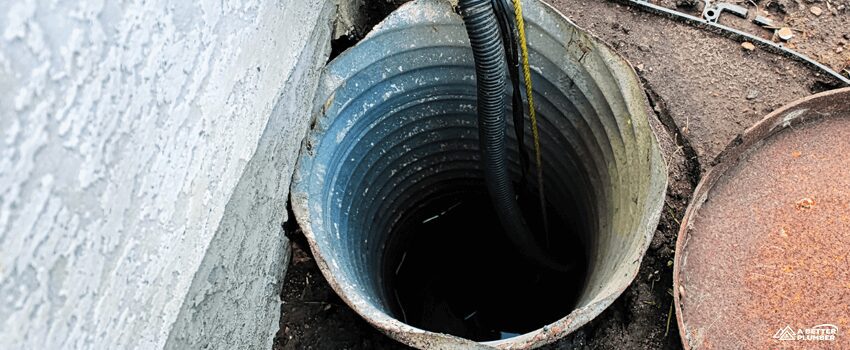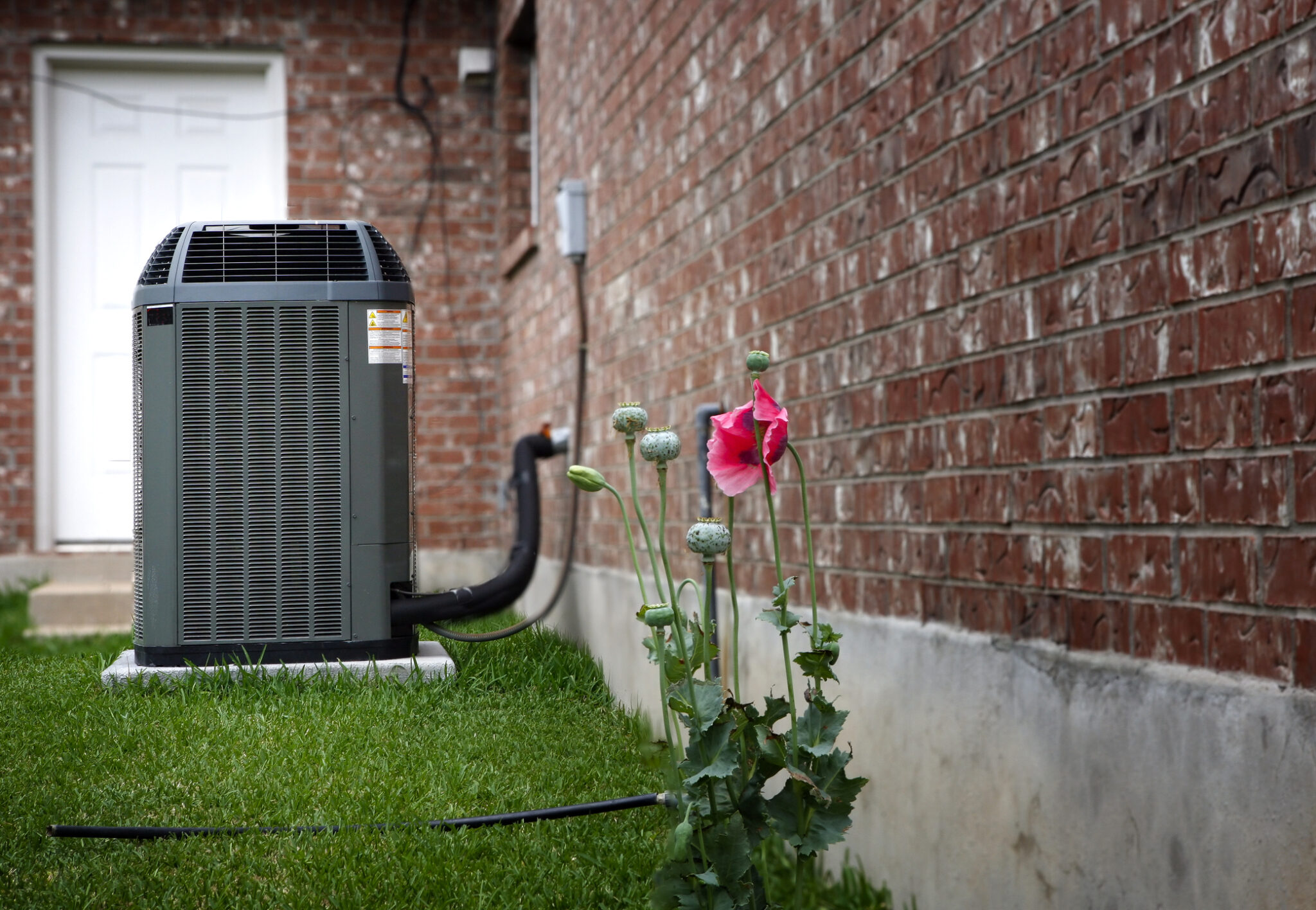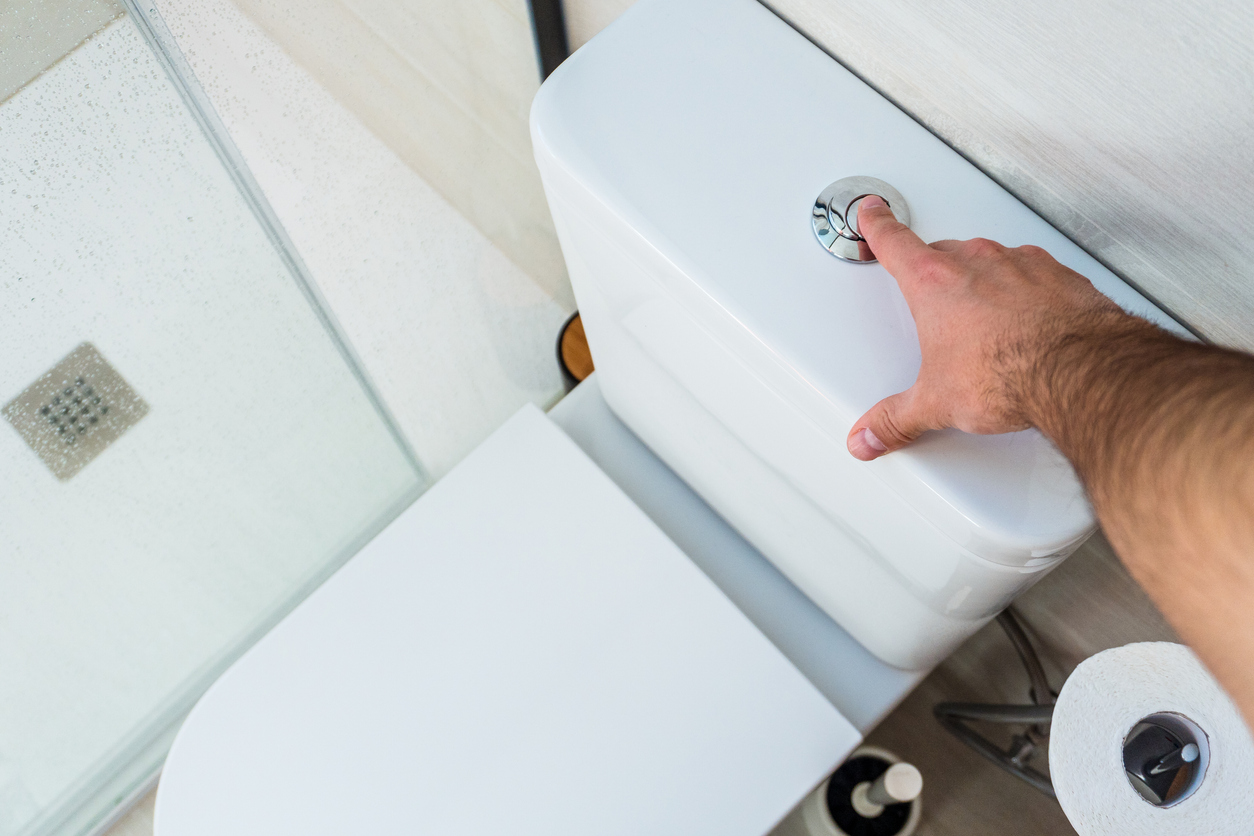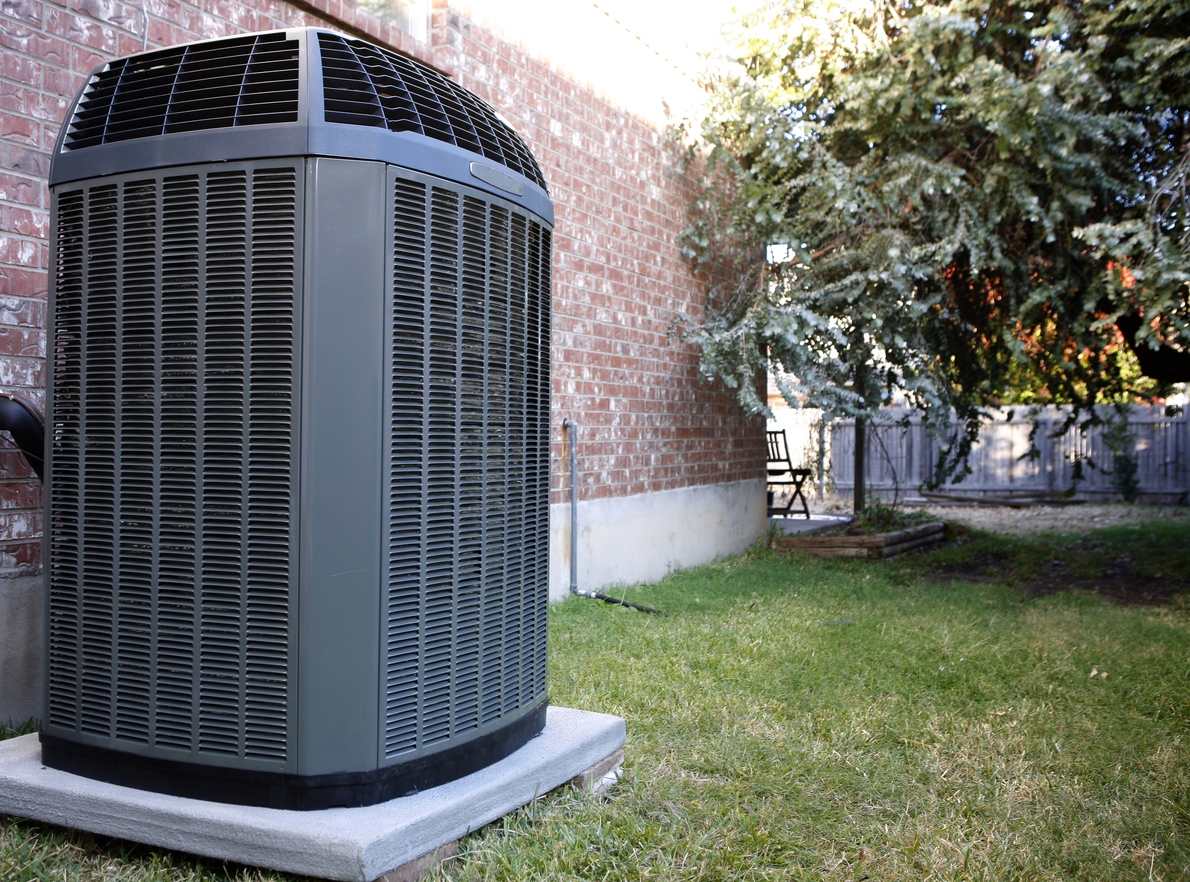How To Effectively Clean a Sump Pump
If your home has a basement and it’s constantly flooding, installing a sump pump may be the best solution for your problem. A sump pump is an effective device that helps keep excess water away from your property. It is typically installed in the lowest point of the property (like a basement), where the pump’s valves can detect rising water and automatically turn on and start pumping the water into a designated drain outside your property.
Sump pumps available in the market today are all pretty tough, ensuring that the device can do its job for a long time. However, much like any piece of machinery, sump pumps must be maintained and cleaned regularly to ensure optimal performance and longevity. If a sump pump is not cleaned at least once a year, sludge and debris will eventually build up and cause all sorts of problems to the machine.
This article is all about just that: sump pump maintenance and cleaning. But before we get to the nitty-gritty, let’s take a quick rundown on the two types of sump pumps and their parts, so you’ll be able to understand the cleaning process clearly.
Types of Sump Pumps
Sump pumps come in all sorts of shapes and sizes. There are also different brands to choose from. However, it’s best that you know the two main types of sum pumps, which are:
1. Submersible
Submersible sump pumps are powered by electricity and are composed mainly of a body and a motor. Submersibles are normally placed deep in a sump pit filled with water, which prevents the device from overheating so it can operate longer.
2. Pedestal
Pedestal sump pumps are mounted on top of a long tube that runs above the sump pit. Pedestals are great for small basements with limited space.
Parts of a Sump Pump
Before cleaning your sump, it’s a good idea to familiarize yourself with its essential parts, which are listed below:
1. Sump Pit
The sump pit (sometimes called sump bowl) is what it sounds like–a pit dug into the ground where the sump pump is placed. During the sump pump installation, it is connected to a weeping tiles system which diverts the water to this area. From here, the sump expels the water out and into an outdoor drainage.
2. Pump
This is the main sump body that sits in the sump pit and is connected to the discharge pipe.
3. Power Source
The power source refers to the supplier of electricity that powers the machine.
4. Float Switch
When turned on, it will activate the sump to remove water that has begun collecting in the sump pit.
5. Motor and Impeller
These two sump pump parts work together to create a centrifugal force that will push water toward the discharge pipe.
6. Discharge Pipe
The discharge pipe is where sump pumps expel water collected from the sump pit. The pipe should be designed so the expelled water will move at least ten feet away from the house.
How To Clean a Sump Pump
As mentioned earlier, regular sump pump maintenance and cleaning are necessary to work efficiently and ensure durability. While the recommended cleaning should be done twice a year, you would need to do this every after a heavy downpour or snowfall. It is to determine if there has been a significant accumulation of dirt and other debris, particularly in the sump pit. Follow the steps below to ensure you’re doing it correctly:
1. Prepare Cleaning Items
Some of the things that you should have on your cleaning list are a large plastic or garbage bag, a broom, a bucket, a scraping tool, and a shop vacuum. Once you have these items, shut off the water supply to your sump.
2. Light the Basement
Unless your basement has a good light source, bring a lamp or flashlight so you can better see what you’re cleaning, especially the bottom of the pit where debris can accumulate.
3. Remove the Sump
Unplug the equipment and take it out of the sum pit. Place this temporarily in your plastic or garbage bag to prevent excess water from dripping.
4. Clean the Pit
Check the sump pit for any dry leaves, twigs, and other debris that may have collected inside. Use the broom to sweep the bottom.
5. Clean the Sump
This process is best done outside, as cleaning sump pumps can be messy. Consider using a sump pump cleaning solution, although it’s better to settle for a garden hose and water. Use this to spray the sump. Afterward, use your scraping tool to remove any remaining grime. Follow this up with a second garden hose spray to ensure that your sump is completely clean.
6. Drain the Check-Valve
Doing this should drain any remaining water from the equipment. Use a bucket to catch the drained water to prevent unnecessary mess.
If the valve is the type that can be disassembled, do it so that any water can be drained out more efficiently. Afterward, reassemble the check valve, rinse it with water, and dry it outside.
7. Vacuum the Pit
After the check valve has been drained, you can use your shop vacuum to remove any standing water from the sump pit. Although this step is unnecessary, it will remind you never to place your sump in a dirty pit.
8. Replace the Sump
Reconnect your sump to the discharge pipe, but only after ensuring that the device is completely dry. Carefully plug the equipment in. If you have turned off the power source previously, turn it back on before plugging in the sump.
Key Takeaway
While sump pump installation is usually completed in the basement, this does not mean that the equipment is not an important plumbing device. On the contrary, sump pumps are excellent water damage protectors because they prevent flood waters from entering your homes. Flood water can be contaminated, and if they reach your plumbing pipes, it will contaminate your water supply as well.
The sump must be regularly maintained for the equipment to function properly. Essentially, this will involve cleaning your sump and checking it for any signs of damage.
For all your plumbing concerns, trust Absolute Electrical Heating and Air to provide you with the best solution.
If you live in an area frequently visited by floods, having sump pumps in the basement is a good idea. Sometimes, however, the equipment can stop working, and your plumbing could eventually be affected. Absolute Electrical Heating and Air can help you out. We have a team of professionals handling top-notch plumbing in Denver, CO, ready to look at your plumbing and see if anything is amiss. Call us now and see why we are considered the plumbing experts.
CONTACT US
Request Service


Save Every Year with an Absolute Advantage Membership
Expert Annual System Safety Inspections & More
- Priority service
- Waived dispatch fees
- Yearly furnace, A/C, & electrical system inspections
- 10% discount on repairs and additional diagnostic services
- Up to $500 off HVAC & electrical panel replacements








